Welcome to Havana, Cuba – the land of salsa, cigars, and colorful vintage cars! Get ready to be transported back in time as you explore this vibrant city.
Havana is a melting pot of Spanish, African, and Caribbean cultures, making it a unique and exciting destination. From the lively streets filled with music and dancing to the stunning architecture of the old town, there’s something for everyone here.
About The Bood
But let’s not forget about the food! Indulge in some delicious Cuban cuisine, from mouth-watering ropa vieja (shredded beef) to refreshing mojitos. And don’t worry, all that dancing will help you burn off those extra calories.
One of the must-see attractions in Havana is the Malecón, a seaside promenade where you can take a romantic stroll or watch the locals fish and socialize. And for a taste of history, visit the Plaza de la Revolución. Where Fidel Castro gave many of his famous speeches.
But the real charm of Havana lies in its people. The warm and welcoming locals will make you feel like family, and you’ll leave with memories that will last a lifetime.
So pack your bags and get ready for an unforgettable adventure in Havana, Cuba. Just remember to bring your dancing shoes and a sense of humor – because in Havana, life is a party!
1. Exploring Old Havana
Discover the rich history and culture of this UNESCO World Heritage Site
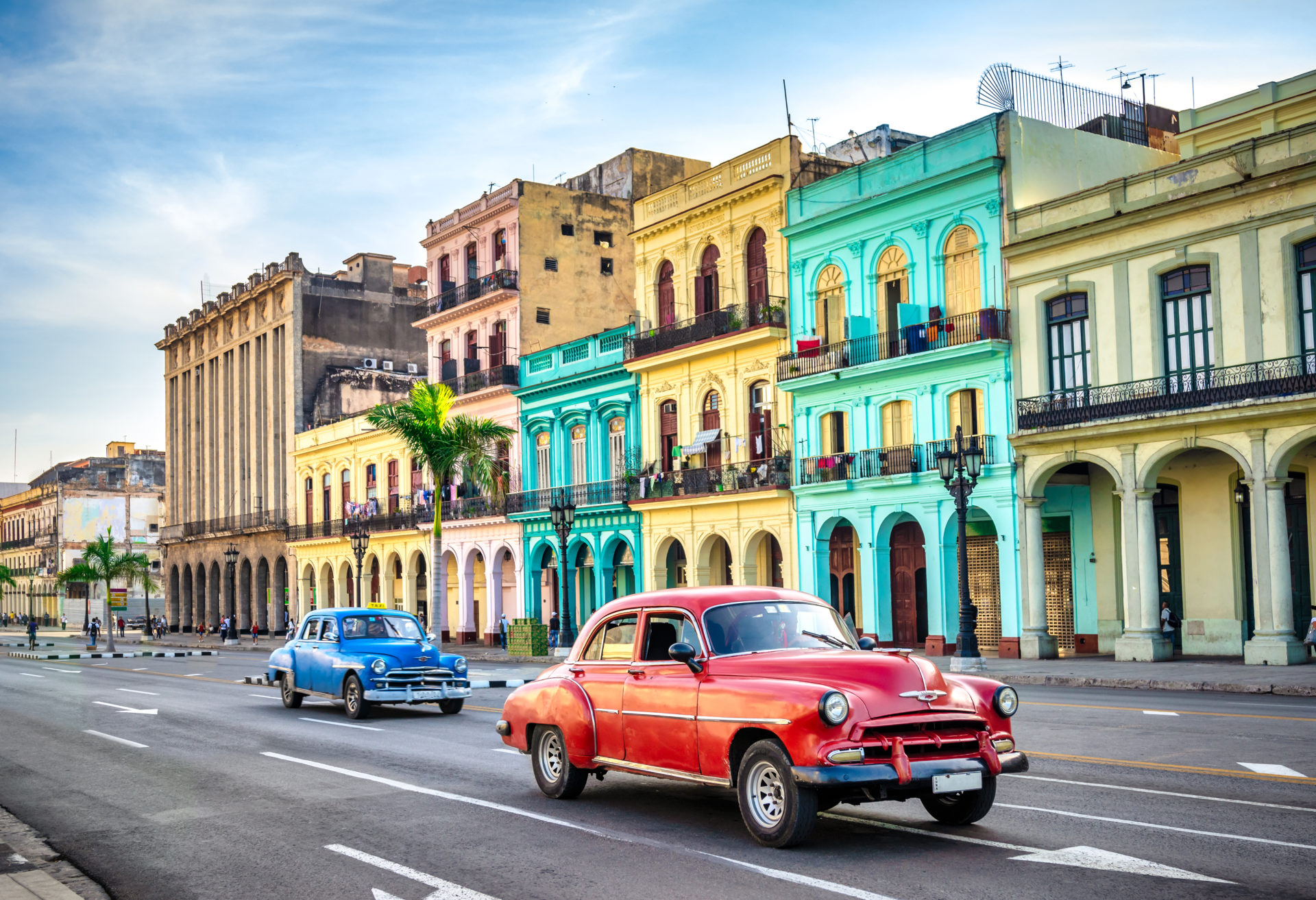
History of Old Havana
Old Havana, also known as Habana Vieja. It is the historic center of the city and a designated UNESCO World Heritage Site. It was founded in 1519 by the Spanish and quickly became an important port for trade and commerce. Over the centuries, it has been influenced by various cultures. Including Spanish, African, and Caribbean, resulting in a unique blend of architecture, music, and cuisine.
Must-See Sights in Old Havana
- Plaza de la Catedral: This stunning square is home to the Cathedral of Havana, one of the most beautiful examples of Baroque architecture in Cuba.
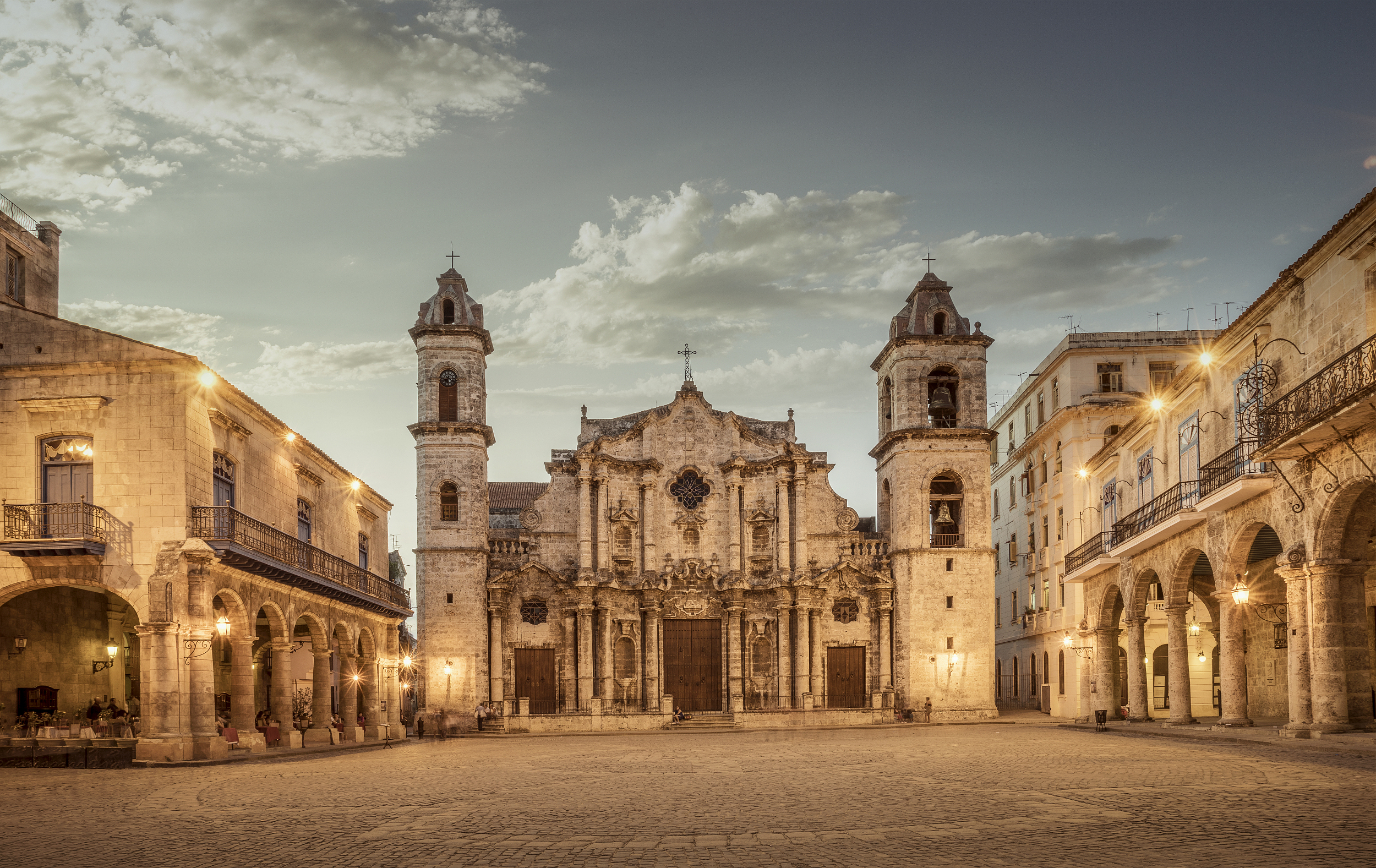
- Castillo de la Real Fuerza: Built in the 16th century, this fortress is now a museum showcasing the city’s maritime history.
- El Capitolio: Modeled after the US Capitol building. This iconic landmark is now home to the Cuban Academy of Sciences.
- Calle Obispo: This bustling street is lined with shops, restaurants, and street performers. Making it the perfect place to soak up the local atmosphere.
- Museo Nacional de Bellas Artes: This museum houses an impressive collection of Cuban art, from colonial times to the present day.
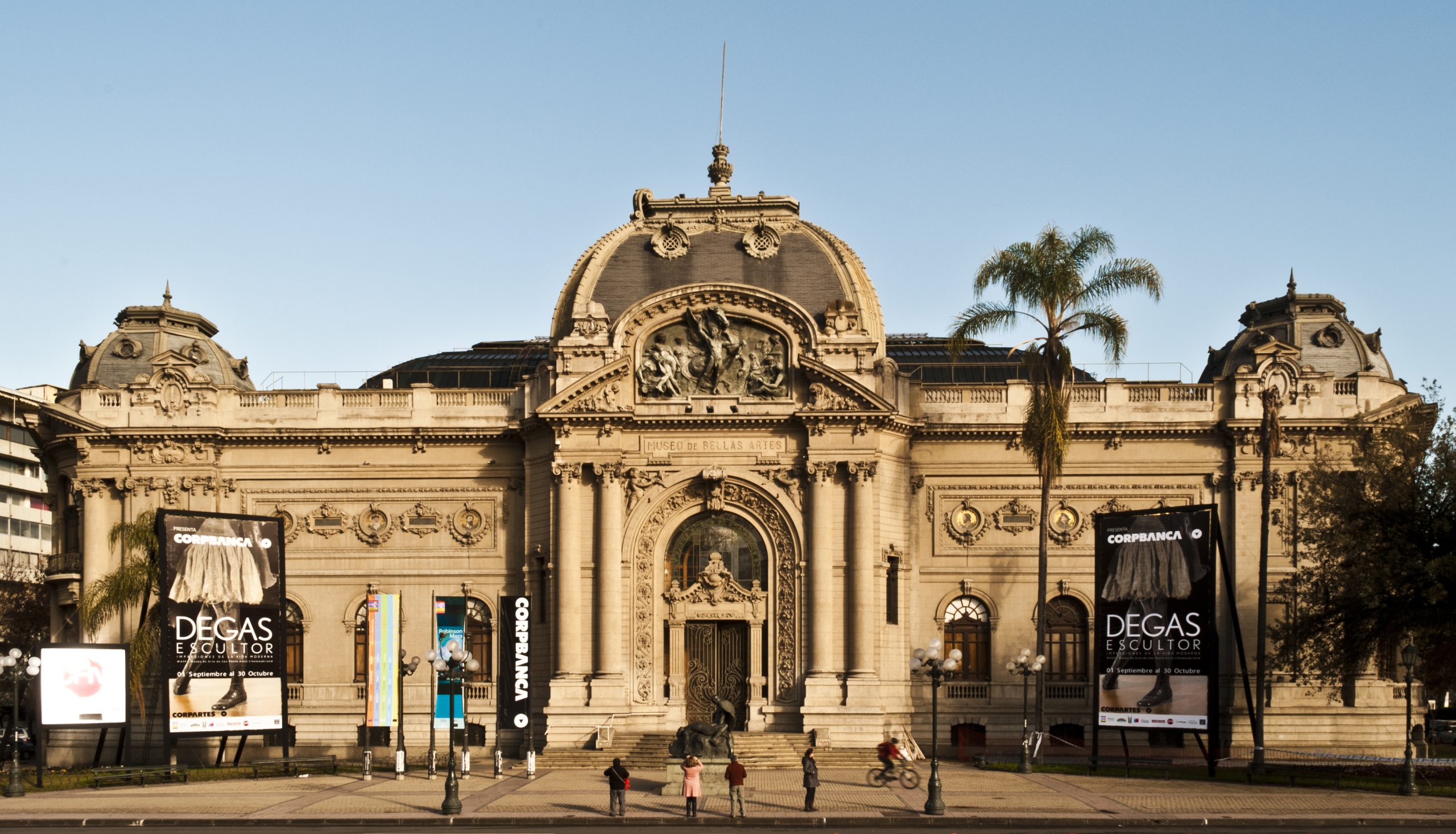
Local Experiences in Old Havana
- Take a walking tour: Explore the narrow streets and hidden corners of Old Havana on foot with a knowledgeable guide.
- Visit a cigar factory: Cuba is famous for its cigars, and you can see them being made at one of the many factories in Old Havana.
- Attend a salsa class: Learn some moves from the locals and dance the night away at one of the many salsa clubs in the area.
- Try some street food: Sample some authentic Cuban snacks from the street vendors, such as churros or empanadas.
- Watch a traditional cabaret show: Experience the glitz and glamour of a Cuban cabaret, complete with colorful costumes and lively music.
2. The Vibrant Music Scene
Immerse yourself in the infectious rhythms of Havana
A Brief History of Cuban Music
Music is an integral part of Cuban culture, and it has been influenced by various cultures over the years. African rhythms, Spanish melodies, and Caribbean beats all come together to create the unique sound of Cuban music. From traditional son and salsa to modern reggaeton, there’s something for every music lover in Havana.
Live Music Venues in Havana
- Casa de la Música: This popular venue hosts some of the best live music in Havana, from traditional Cuban bands to international acts.
- La Zorra y el Cuervo: Located in the basement of an old building, this jazz club is a hidden gem and a favorite among locals.
- Fabrica de Arte Cubano: This former factory now serves as a cultural center, showcasing art, music, and film. Don’t miss the live music performances on weekends.
- El Floridita: Known as the birthplace of the daiquiri. This iconic bar also features live music every night.
- Buena Vista Social Club: Made famous by the documentary of the same name. This legendary club is a must-visit for fans of traditional Cuban music.
Dance to the Rhythm
- Salsa: No trip to Havana is complete without trying your hand (or feet) at salsa dancing. Join a class or head to one of the many clubs where you can dance the night away.
- Rumba: This Afro-Cuban dance is known for its energetic movements and improvisation. You can catch rumba performances in the streets of Havana during festivals and celebrations.
- Son: Considered the national dance of Cuba, son is a mix of Spanish and African influences. You can learn this dance at many cultural centers in Havana.
3. Cuban Cuisine
Indulge in the flavors of Cuba
Traditional Dishes to Try
- Ropa Vieja: This national dish consists of shredded beef cooked in a tomato-based sauce and served with rice and beans.
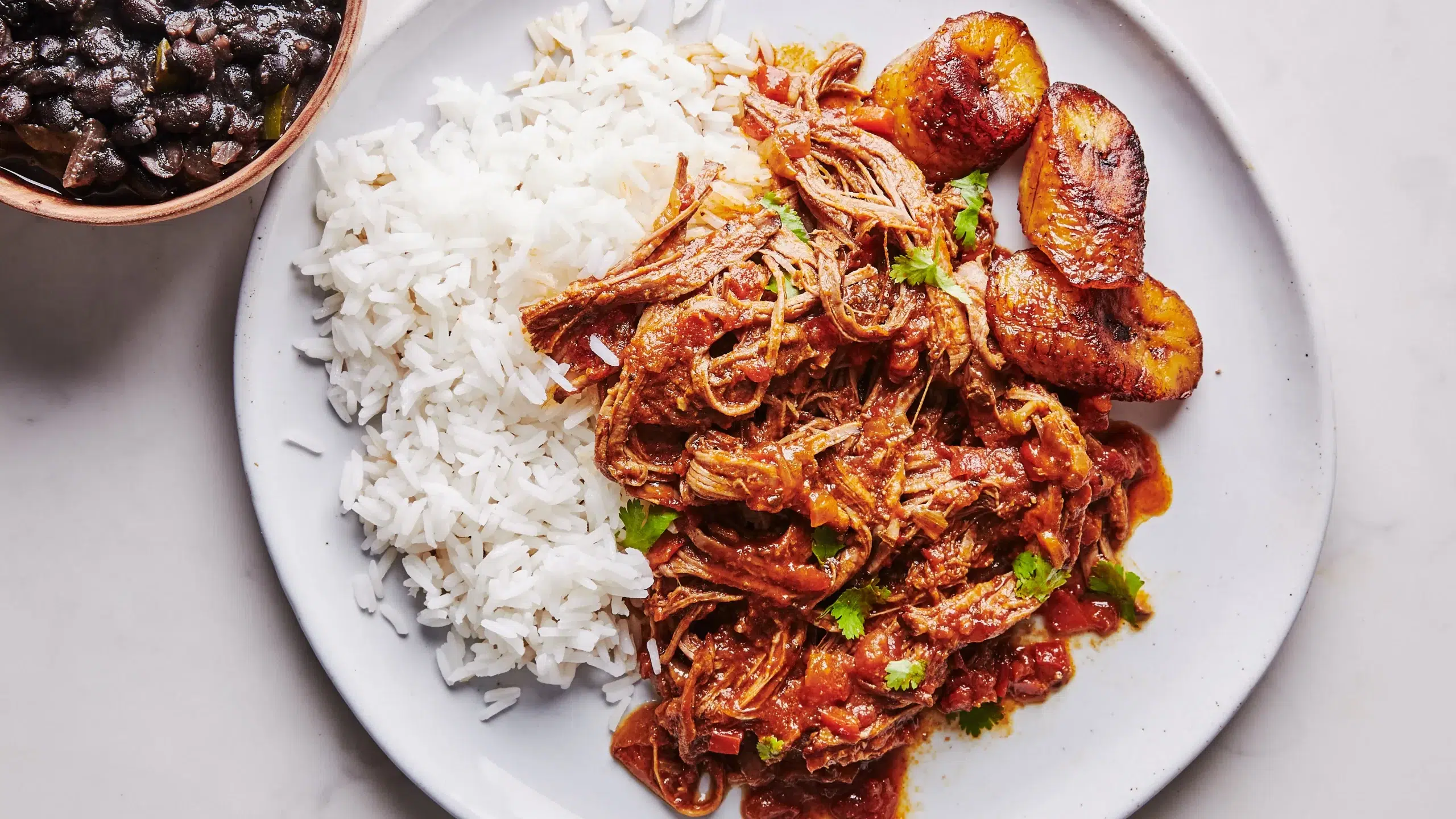
- Moros y Cristianos: A staple in Cuban cuisine. This dish is made with black beans and rice. Often served alongside meat or vegetables.
- Lechón Asado: Roasted pork is a popular dish in Cuba, often marinated in citrus juices and spices for a flavorful taste.
- Tostones: These fried plantains are a common side dish in Cuban meals, and they can be served sweet or savory.
- Flan: For dessert, try this creamy custard topped with caramel sauce, a favorite among locals and visitors alike.
Street Food Delights
- Churros: These fried dough pastries are a popular snack in Havana. Often filled with chocolate or dulce de leche.
- Empanadas: These savory pastries are filled with various meats. Cheese, or vegetables and make for a quick and tasty meal on the go.
- Cubano Sandwich: A classic Cuban sandwich consists of ham, roasted pork, Swiss cheese, pickles, and mustard, all pressed between two slices of bread.
Satisfy Your Thirst
- Mojito: This refreshing cocktail is made with white rum. Sugar, lime juice, soda water, and mint leaves, and it’s a must-try in Havana.
- Cuba Libre: Another popular cocktail. This drink is made with rum, cola, and lime juice, and it’s perfect for sipping while watching the sunset.
- Guarapo: This sugarcane juice is a popular non-alcoholic drink in Cuba, and you can find it at street vendors throughout Havana.
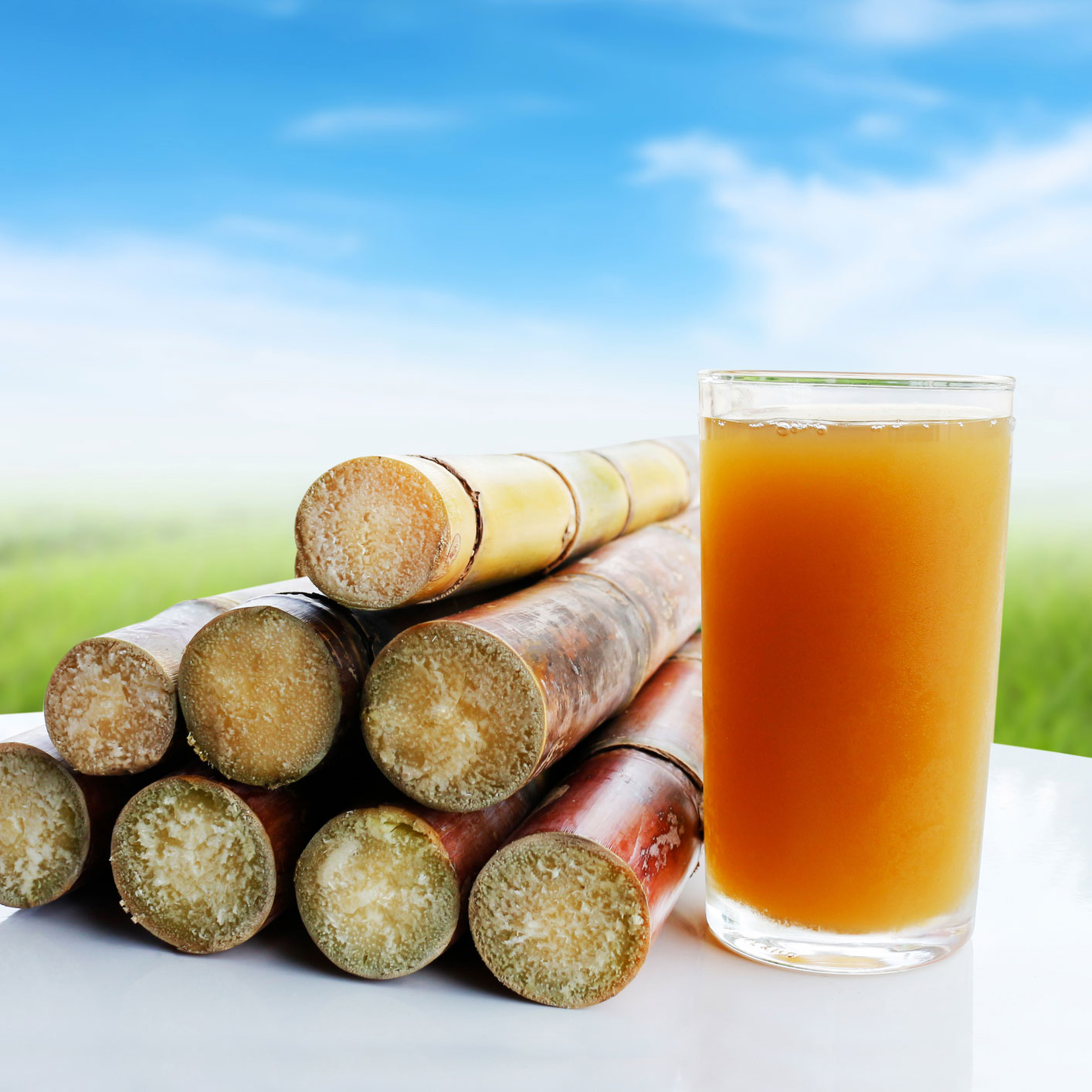
4. Exploring the Outskirts of Havana
Escape the city and discover the natural beauty of the surrounding areas
Viñales Valley
Located about two hours from Havana, Viñales Valley. It is a picturesque countryside known for its tobacco plantations and limestone cliffs. Take a horseback ride through the valley, visit a tobacco farm, or simply relax and take in the stunning views.
Varadero Beach
For some sun, sand, and sea, head to Varadero Beach, one of the most popular beach destinations in Cuba. With crystal clear waters and white sandy beaches, it’s the perfect place to unwind and soak up some vitamin D.
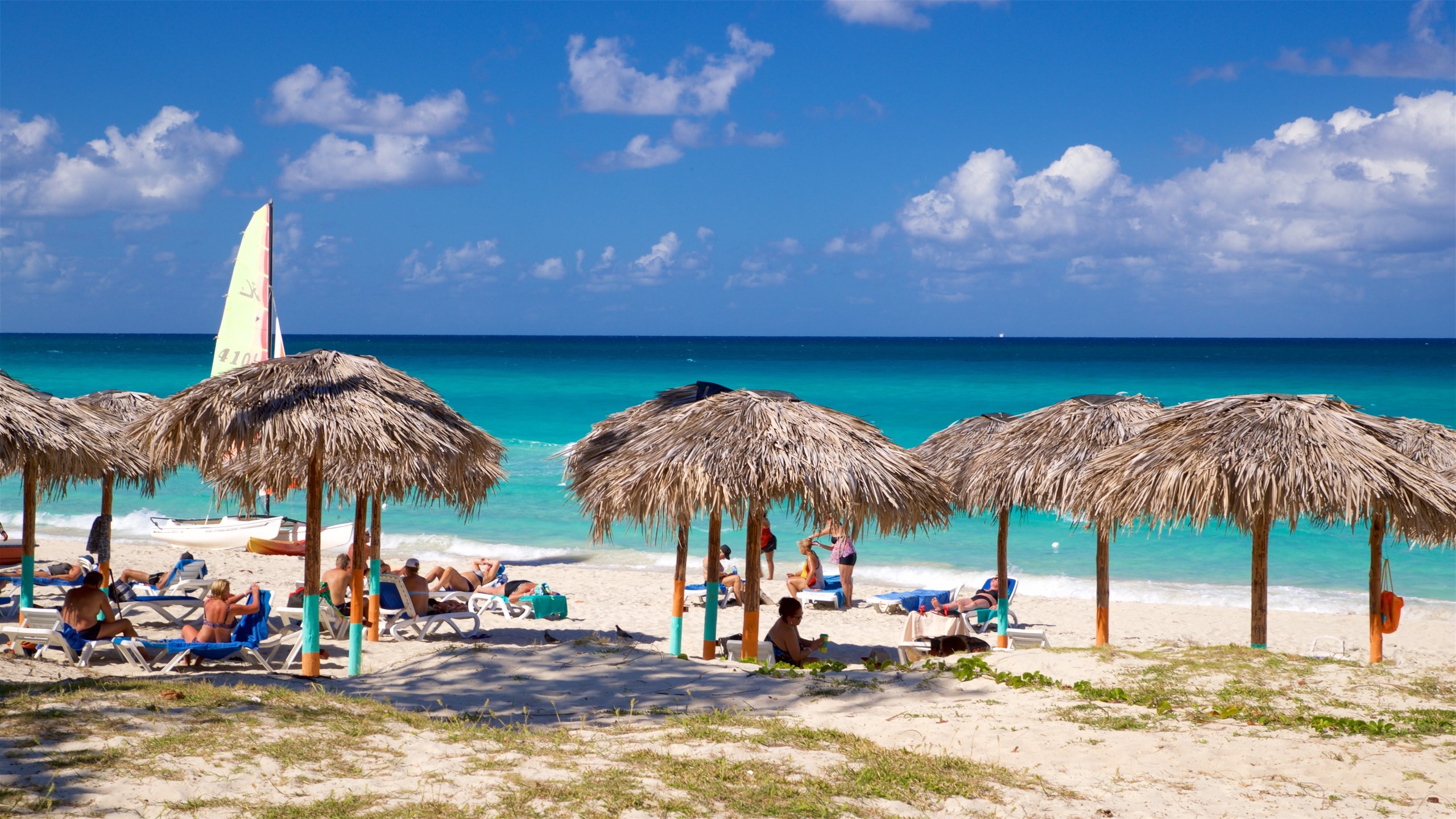
The Terraces
This eco-village is a great day trip from Havana, offering hiking trails, zip-lining, and birdwatching opportunities. You can also visit the ruins of a 19th-century coffee plantation and learn about the area’s history and conservation efforts.
FAQs
Frequently Asked Questions about Havana
What is the best time to visit Havana?
The best time to visit Havana is from December to May when the weather is dry and temperatures are comfortable. However, keep in mind that this is also peak tourist season, so expect higher prices and crowds.
Do I need a visa to visit Havana?
Yes, most visitors will need a tourist visa to enter Cuba. This can be obtained through a Cuban embassy or consulate or purchased at the airport upon arrival.
Is it safe to travel to Havana?
Havana is generally a safe city. But like any other destination. It’s important to take precautions and be aware of your surroundings. Avoid walking alone at night and keep an eye on your belongings in crowded areas.
Can I use US dollars in Havana?
While US dollars are accepted in some places. It’s recommended to exchange them for Cuban Convertible Pesos (CUC) upon arrival. Many businesses only accept CUC, and you may receive a better exchange rate for other currencies.
What is the currency in Havana?
The official currency in Cuba is the Cuban Convertible Peso (CUC). However, locals also use the Cuban Peso (CUP), which has a lower value. It’s important to know the difference between the two and which one is accepted at the places you visit.
Conclusion
Havana is a city like no other, with its vibrant culture, rich history, and warm people. From exploring the charming streets of Old Havana to dancing the night away to infectious rhythms, there’s never a dull moment in this lively city. And let’s not forget about the delicious food and stunning natural beauty just outside the city limits. So pack your bags and get ready for an unforgettable adventure in Havana, Cuba. You won’t regret it!

